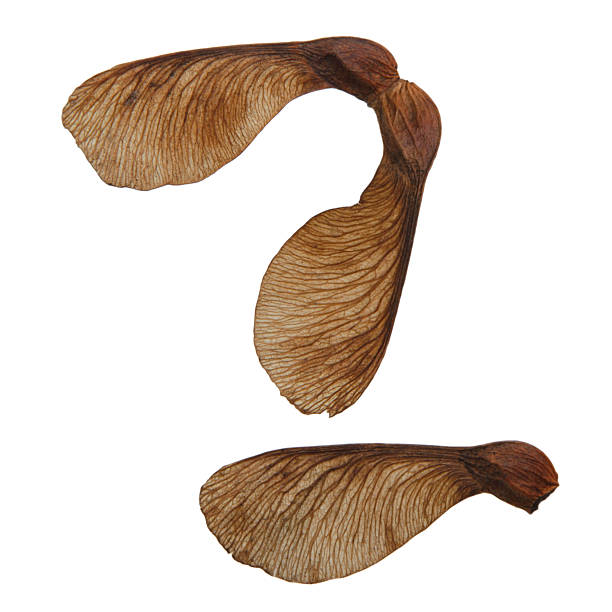How does a tree (or any plant, really), know to evolve to produce a delicious fruit or a poison berry, a seed inside an impenetrable shell, or invent a type of flying machine, in order to reproduce? (Each of these examples exists in my backyard)
How do they receive feedback about their evolutionary experiments? How do they know it worked/failed. [10]



How does a tree evolve a wing? - not to fly, but to propagate.
Parallel evolution makes sense to me in the animal kingdom, but a tree evolving winged vehicles for their seed is just mind blowing when I think about it.
berries and wings don’t just randomly appear out of nowhere from year to year do they?
do we have any physical records of plants actually evolving these different methods like we do with bone structure of primates evolving?
If a tree mutates and it produces a seed that is slightly flatter than its competition, then that seed will fall farther and the tree will be slightly more likely to reproduce over its competition. Repeat this for several million generations over millions and millions of years.
You might be underestimating the timescales involved.
For example, grass - super simple organism, right? Should have appeared early on? No, dinosaurs appeared before grass did. But when the first grasses did evolve, wow, they were successful on a scale that is hard to overstate.
The beauty of sexual reproduction, from an evolutionary point of view, is that by its very nature, it allows many experiments to take place at once. The success criteria of each experiment is how many babies can the subject make.
Little wings evolve on seed pods for the same reason they evolved on anything else. For whatever reason, each step along the way made them a tiny bit more successful at having babies than those without.
Maybe a little spike makes them slightly less likely to be eaten, a bigger spike less likely still. A flatter spike helped them catch the wind and scatter further afield, and broader ones further still.
There’s no feedback needed for individuals in this system - it’s literally a numbers game based on who/what can make the most babies. They’re the ones who, millions of years down the line, end up winning.
if you want a contemporary and highly entertaining way of exploring evolution, check out baba brinkman’s rap guide to evolution
https://www.youtube.com/channel/UCz9Qm66ewnY0LAlZlL4HK9g
its readily available on the net and its an excellent and fun way to contemplate many of the questions you have.
They do! Any useful trait is likely to appear more than once in different species.